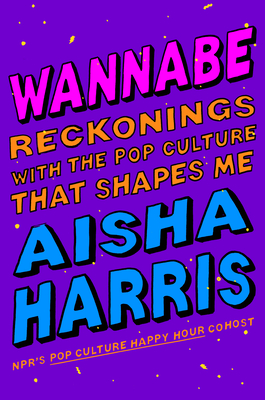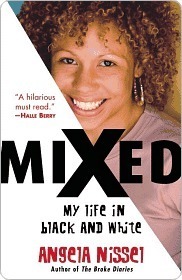
How to Be Black
Book Description
What does it mean to be Black in America? In "How to Be Black," Baratunde R. Thurston dives into a vibrant tapestry of humor, candid storytelling, and sharp social commentary, drawing from his experiences as a comedian and activist. He navigates the complexities of identity with wit and insight, tackling topics like race, culture, and systemic injustice while offering a fresh perspective on the challenges and triumphs of Black life. Each page crackles with energy, posing crucial questions about belonging and authenticity. Are you ready to confront the realities of race with laughter as your guide?
Quick Book Summary
"How to Be Black" by Baratunde R. Thurston is an inventive blend of memoir, comedic critique, and social analysis of race in America. Through personal anecdotes and sharp wit, Thurston explores the multifaceted nature of Black identity, the expectations placed on Black individuals by society, and the often absurd stereotypes they confront. The book draws from the author's upbringing in Washington, D.C., his experiences at an elite school, and his career in comedy and activism to illustrate the joys and struggles of navigating Blackness. By engaging humor as a tool for disarming tough conversations on race, Thurston encourages readers to question assumptions, embrace diversity, and reflect on what it means to belong. Part guide, part observation, the book is a provocative conversation starter for exploring authenticity and resilience under the shadow of cultural and systemic pressures.
Summary of Key Ideas
Table of Contents
Challenging and Subverting Racial Stereotypes
Baratunde Thurston opens "How to Be Black" by placing his story at the intersection of humor, race, and personal experience. Drawing on his childhood in 1980s Washington, D.C., Thurston reveals the challenges of being raised by a fiercely determined mother amidst difficult circumstances. His mother’s insistence on education and exposure to diverse experiences shaped his outlook and offered him a unique lens on identity—one that does not conform neatly to societal expectations of Blackness.
Humor as a Tool for Social Critique
Moving from his upbringing to his educational experiences at an elite private school and later Harvard, Thurston explores how the pressure to "represent" all Black people in white spaces is both absurd and taxing. The book pokes fun at the tokenism that often follows Black students in predominantly white institutions, highlighting the daunting expectations and surprising ironies that arise when navigating such rarefied environments. Thurston’s stories illustrate the cultural balancing act familiar to many people of color in America.
The Complexity of Black Identity and Belonging
One of the book’s core strengths is its use of humor as a lens through which to examine difficult truths about race. Thurston employs satire, parody, and punchy wit to deflate stereotypes about Black people, such as the supposed need to like certain foods, music, or attitudes. By exposing the absurdity of these assumptions, he not only entertains readers but provides a powerful tool for reflection and critique. Laughter becomes a coping mechanism and a way to engage honestly with uncomfortable realities.
Intersections of Race, Upbringing, and Privilege
Thurston digs into the complexity and diversity of Black identity, pushing beyond clichéd representations. He weaves voices from his "Black Panel," a group of friends and colleagues from diverse backgrounds, to underline that there is no single way to be Black. Their stories reinforce the multifaceted nature of Blackness in America—encompassing differences in politics, class, upbringing, and personal interests. The book urges readers to let go of rigid definitions and instead embrace authenticity.
Navigating Expectations and Authenticity
Ultimately, "How to Be Black" invites all readers to confront their own assumptions about race, privilege, and authenticity. Thurston offers practical advice—some jokes, some earnest—about how to resist stereotypes, maintain personal integrity, and contribute to more honest conversations about race. With energetic prose and fearless humor, he provides a roadmap for engaging with difficult issues, while refusing to let cynicism or bitterness define the journey.
Download This Summary
Get a free PDF of this summary instantly — no email required.





